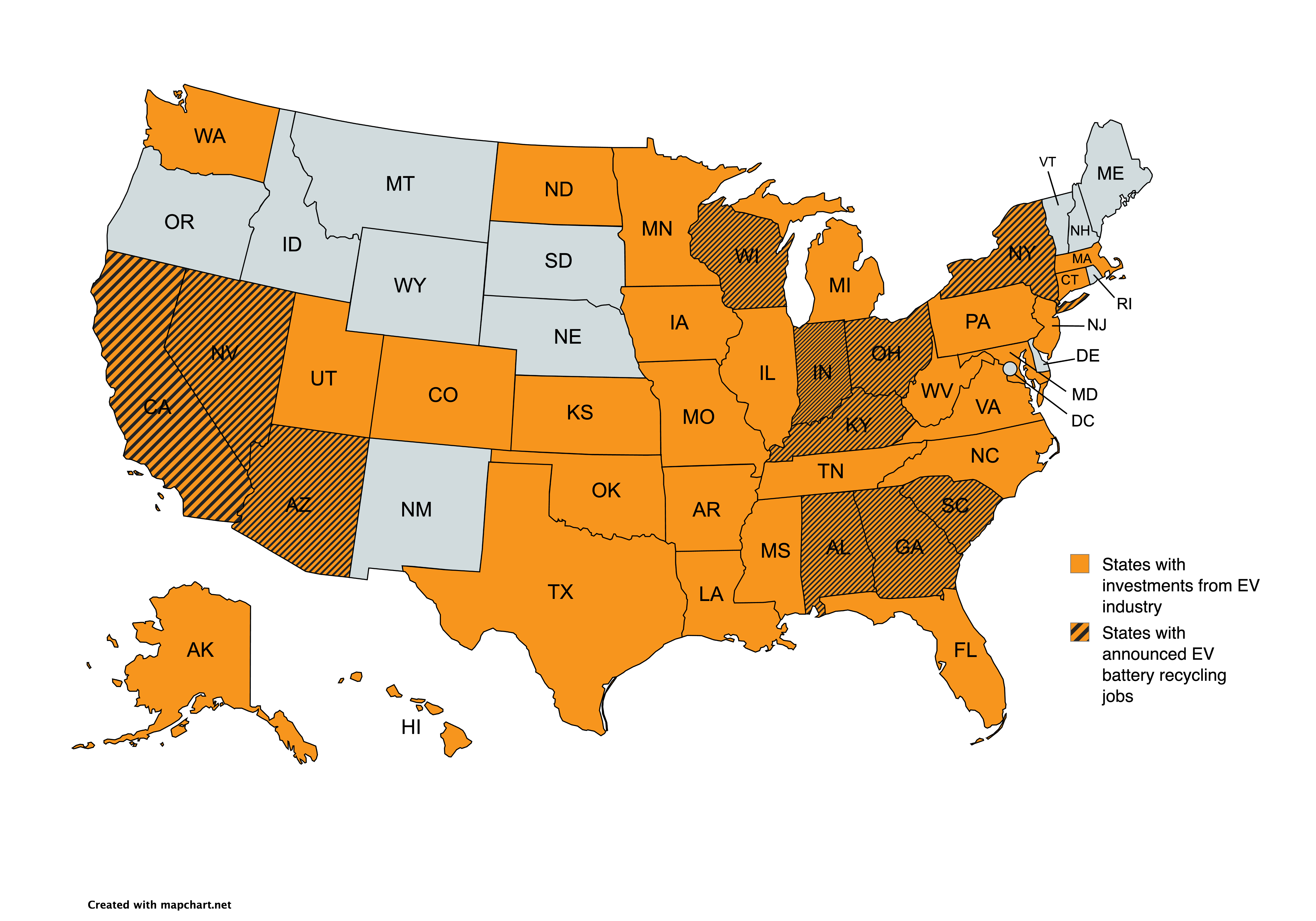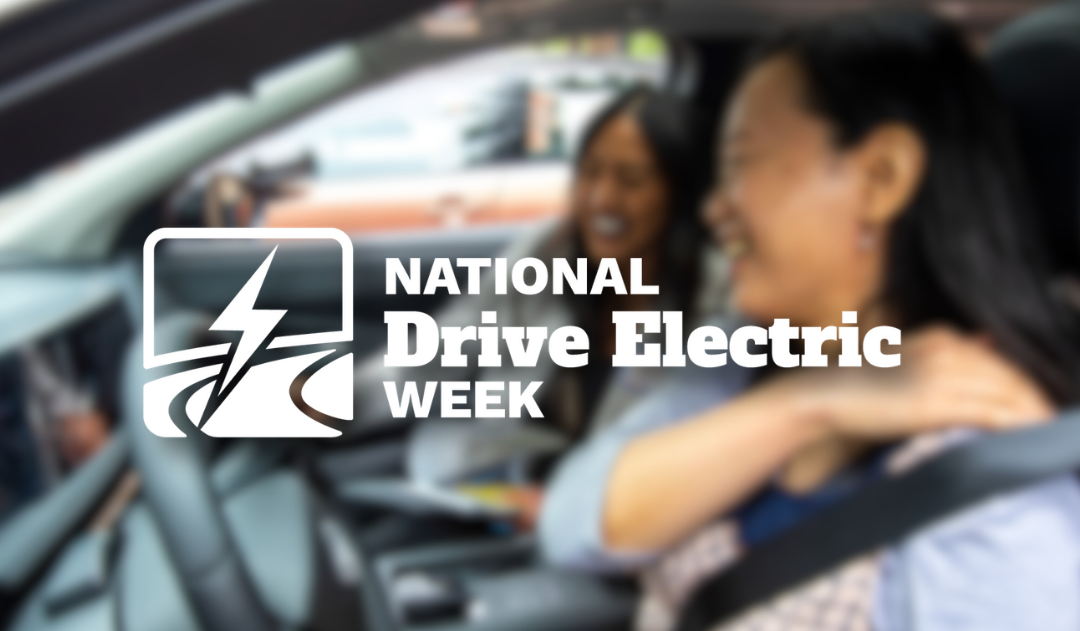This article is sponsored by Nokian Tyres.
Drivers of electric vehicles care deeply about getting the most out of each charge. After all, poor range – or, even worse, unpredictable range – can have a dampening effect on road trips and the daily commute.
There is one surprising way EV drivers can reduce anxiety and travel further on each charge – their tires. By choosing the right set of tires and maintaining them correctly, EV owners can extend their journeys.
The key to improved efficiency is rolling resistance, the amount of energy required to propel a vehicle along the road at a constant speed. The lower the rolling resistance, the more efficient the journey. The effects can be major; rolling resistance is approximately three times more impactful for EVs than for internal combustion engine vehicles.
How do tire makers lower the rolling resistance of their tires? Design plays a big role. According to global tire maker Nokian Tyres, a tire’s sidewall construction, tread pattern, and rubber compound play a role in reducing rolling resistance. More than 90 percent of Nokian Tyres’ products rank in the lowest categories of rolling resistance because the tire manufacturer prioritizes energy efficiency.
Drivers play a role, too. EV owners should check their tire pressure at least once each month to ensure they’re inflated to the recommended level; under-inflated tires increase rolling resistance and make driving less efficient. And don’t just wait for your tire pressure light to illuminate – sometimes it doesn’t even come on until you’re 20 percent below the right level and you have already reduced your efficiency. On the other side, overinflation might improve range in the near term, but it will cause tires to wear faster, costing you money down the road. Proper inflation is not only more efficient, but also decreases the risk of blowouts and helps the tire achieve its intended performance.
One surprising fact is that as tires wear and get lighter, their rolling resistance actually improves. So drivers can expect their ride to get even more efficient throughout the lives of their tires, although it’s still vital to replace them as tread depth approaches 4/32 of an inch. That means it’s normal for vehicle efficiency to take a temporary hit when drivers install new tires.
How can drivers find tires that minimize rolling resistance? Unfortunately, there isn’t a legal standard or certification process in the U.S. and Canada like there is in Europe. However, tire dealers are usually up to speed on which manufacturers, like Nokian Tyres, strive to minimize rolling resistance. The global tiremaker from Finland develops its tires with electric vehicles in mind, engineering them to reduce rolling resistance and handle EVs’ weight, torque and lower cabin noise levels.
More drivers should feel range security. Lowering rolling resistance can help reduce range anxiety and put a charge into EV sales.


